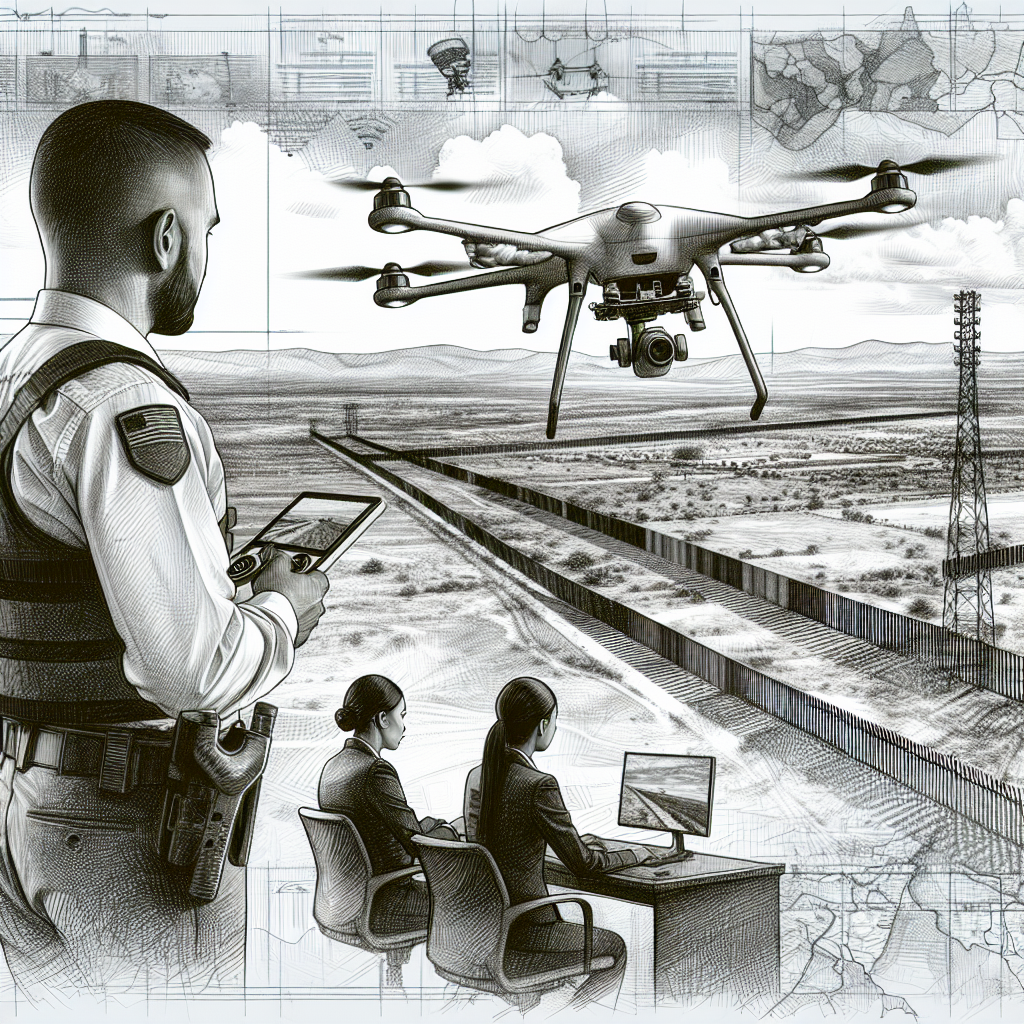The Evolution of Drone Technology in Security Operations
In recent years, the integration of drone technology has fundamentally transformed the landscape of surveillance and border security. These unmanned aerial vehicles (UAVs) have evolved from simple remote-controlled devices to sophisticated platforms equipped with advanced sensors, artificial intelligence, and real-time data processing capabilities.
Key Applications of Drones in Modern Security
Drones have become indispensable tools in various security applications, offering unprecedented advantages in monitoring and protecting borders and sensitive areas. Here are the primary ways drones are revolutionizing security operations:
1. Border Patrol and Monitoring
Modern border security faces numerous challenges, from illegal crossings to smuggling operations. Drones provide an effective solution by:
- Offering continuous aerial surveillance of vast border areas
- Providing real-time video feeds to security personnel
- Detecting unauthorized activities in remote locations
- Reducing response times to security incidents
- Operating in challenging weather conditions and terrains
2. Advanced Surveillance Capabilities
The surveillance capabilities of modern security drones include:
- High-resolution cameras with zoom capabilities
- Thermal imaging for night operations
- LiDAR technology for 3D mapping
- Multispectral imaging for enhanced detection
- AI-powered object recognition and tracking
Technological Advancements Driving Drone Security
Several key technological innovations have enhanced the effectiveness of security drones:
1. Artificial Intelligence and Machine Learning
AI and ML algorithms enable drones to:
- Automatically identify potential threats
- Track multiple targets simultaneously
- Analyze patterns and predict security risks
- Reduce false alarms through intelligent filtering
2. Enhanced Autonomy and Navigation
Modern security drones feature advanced autonomous capabilities, including:
- Automated patrol routes and mission planning
- Obstacle avoidance systems
- GPS-denied navigation capabilities
- Extended flight times and self-charging systems
Integration with Existing Security Infrastructure
The successful implementation of drone technology in security operations requires seamless integration with existing systems:
1. Command and Control Centers
Modern security operations centers incorporate:
- Real-time drone feed monitoring
- Integrated communication systems
- Data analysis and storage capabilities
- Multi-drone operation management
2. Data Management and Analysis
Effective handling of drone-generated data involves:
- Secure data transmission and storage
- Advanced analytics platforms
- Integration with other security systems
- Compliance with privacy regulations
Regulatory Framework and Compliance
The deployment of security drones must adhere to various regulations and guidelines:
- National aviation authority requirements
- Privacy and data protection laws
- International border security protocols
- Environmental protection guidelines
Future Trends and Developments
The future of drone-based security systems looks promising with several emerging trends:
1. Advanced Drone Technologies
- Improved battery life and range
- Enhanced sensor capabilities
- Better weather resistance
- Smaller and more efficient designs
2. AI and Automation Advances
- More sophisticated threat detection
- Improved autonomous operation
- Enhanced data analysis capabilities
- Better integration with other security systems
Challenges and Considerations
While drones offer significant advantages in security operations, several challenges need to be addressed:
1. Technical Challenges
- Battery life limitations
- Weather-related restrictions
- Communication range constraints
- Maintenance requirements
2. Operational Considerations
- Training requirements for operators
- Cost of implementation and maintenance
- Privacy concerns and public perception
- Counter-drone threats
Best Practices for Implementation
Successful implementation of drone security systems requires:
- Comprehensive risk assessment
- Proper training and certification
- Regular maintenance and updates
- Clear operational procedures
- Effective emergency response plans
Impact on Security Operations
The integration of drones in security operations has resulted in:
- Improved surveillance coverage
- Reduced operational costs
- Enhanced response capabilities
- Better resource allocation
- Increased safety for security personnel
Conclusion
Drone technology continues to revolutionize surveillance and border security operations, offering unprecedented capabilities and efficiency. As technology advances and regulations evolve, the role of drones in security operations will only grow more significant. Organizations must stay informed about these developments and adapt their security strategies accordingly to maximize the benefits of drone technology while addressing associated challenges.




